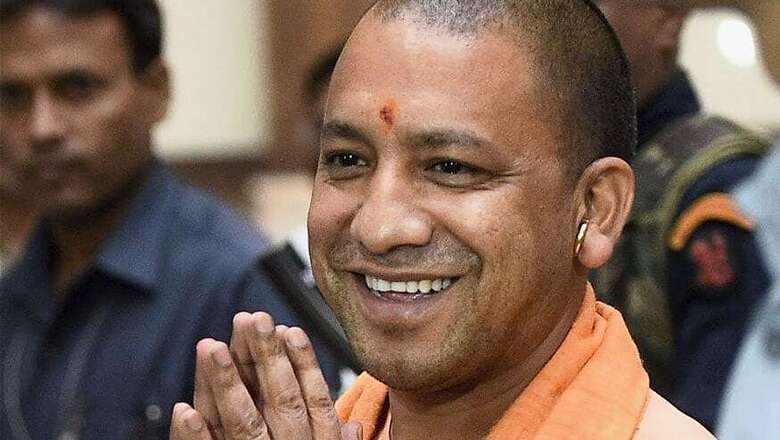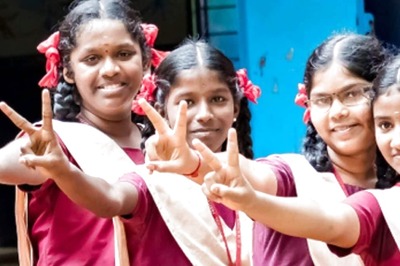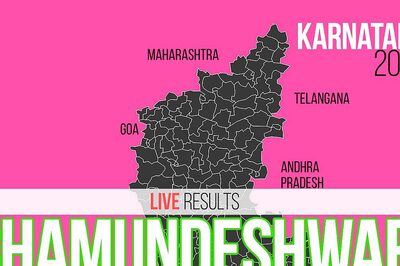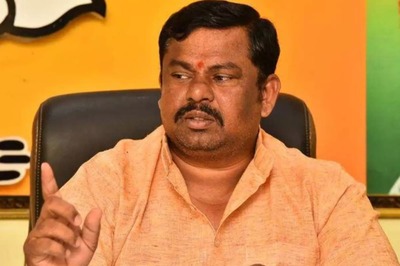
views
In an obviously carefully crafted media strategy, newly appointed Chief Minister of Uttar Pradesh, Yogi Adityanath, granted three interviews to different media — print, television and online. The interviews, almost echoing or mirroring each other, depict a leader making a conscious effort to tone down his public image while not abandoning the basis of his politics.
Adityanath's selection by the Bharatiya Janata Party triggered a howl of protests all over. This stemmed from his association with the so-called fringe in the Sangh Parivar, his personal background as Mahant of Gorakhnath Peeth and for his not so easy relations with several leaders in the saffron fraternity.
Internationally, the verdict was split with one section drawing attention to potential rise in anxiety of religious minorities while the other group, including American and French Presidents Donald Trump and Francois Hollande, calling up Prime Minister Narendra Modi to compliment him for leading his party to a stunning victory.
In an article in Firstpost, sister publication of this website, I argued that with his appointment, Adityanath was presented with a historic opportunity to "reinvent himself" and his position had "striking parallels" with where Modi had been in after winning leading BJP to power in 2002.
There is little doubt that this Yogi sees Modi not just as his role model, but as a bigger yogi. When he was asked that many questioned a person who began as a religious priest and is expected to renounce material comfort and political power was appointed chief minister, Adityanath turned the argument on its head. Cleverly, he expanded the idea behind the word and converted Yogi as a metaphor. He argued that any person with commitments matching Modi's or his, was best suited to govern, "Raj satta to Yogi hee chala sakta hai," he asserted and that "satta is not for mauj-masti but for sadhna."Also Read: In Yogi Adityanath, Everyone in Saffron Coalition Found a Point of Convergence
The latter construction obviously is the Adityanath's way of connecting with his core constituency - to convey his idea of politics as Dharma and that there was nothing wrong for a religious leader to sit in a position of power provided it was for the good of people. His future hypothesis on this theme has to be watched to study evolution of the Hindutva theory of political practise.
Predictably, Adityanath was faced with the two most contentious issues - Romeo squads and closure of illegal slaughter houses. On both, he batted for the government and its push on these issues with reserve in contrast to the high octave, once his trademark in public speeches. Yet, at no point was Adityanath on the defensive and display the attributes of a man uncertain of his decision.
In needs to be recalled that RSS was not in favour of introducing English in schools early. Modi brushed aside these objections in 2009 and attempted to use the Educational Satellite of the Indian Space Research Organisation and take the language to schools by installing TV sets in schools and directly telecast English lessons by the teachers based in Gandhinagar.




















Comments
0 comment